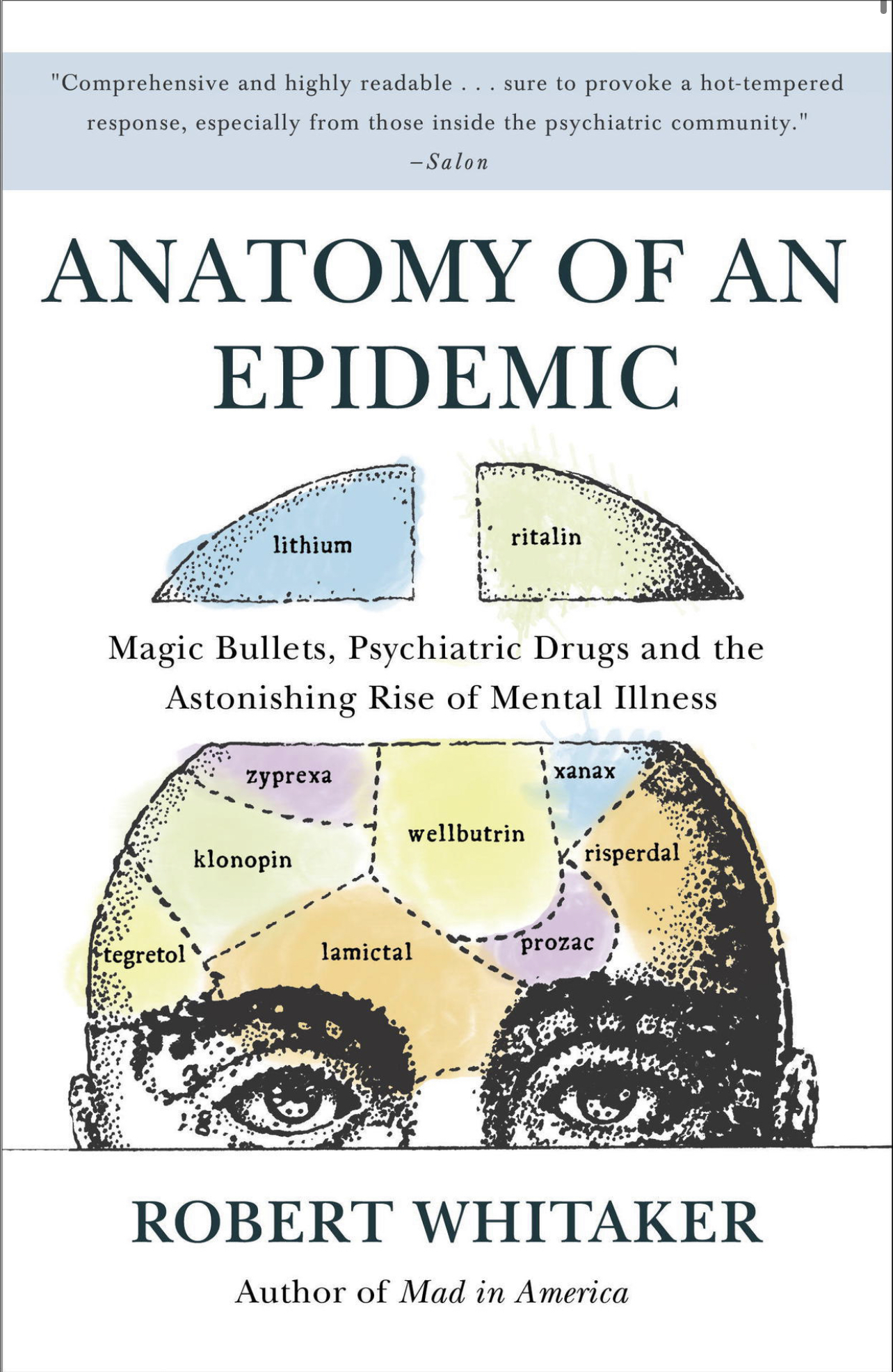Anatomy of an Epidemic Chapter 1. A Modern Plague
Author: Robert Whitaker Publisher: Crown Publishing: New York , NY. Publish Date: 2010-3-31 Review Date: Status:📚
Annotations
20
There is one other, subtler aspect to this epidemic. Over the past twenty-five years, psychiatry has profoundly reshaped our society. Through its Diagnostic and Statistical Manual, psychiatry draws a line between what is “normal” and what is not. Our societal understanding of the human mind, which in the past arose from a medley of sources (great works of fiction, scientific investigations, and philosophical and religious writings), is now filtered through the DSM.
20
Most important, our children are the first in human history to grow up under the constant shadow of “mental illness.” Not too long ago, goof-offs, cutups, bullies, nerds, shy kids, teachers’ pets, and any number of other recognizable types filled the schoolyard, and all were considered more or less normal. Nobody really knew what to expect from such children as adults. That was part of the glorious uncertainty of life—the goof-off in the fifth grade might show up at his high school’s twenty-year reunion as a wealthy entrepreneur, the shy girl as an accomplished actress. But today, children diagnosed with mental disorders—most notably, ADHD, depression, and bipolar illness—help populate the schoolyard. These children have been told that they have something wrong with their brains and that they may have to take psychiatric medications the rest of their lives, just like a “diabetic takes insulin.” That medical dictum teaches all of the children on the playground a lesson about the nature of human kind, and that lesson differs in a radical way from what children used to be taught.
